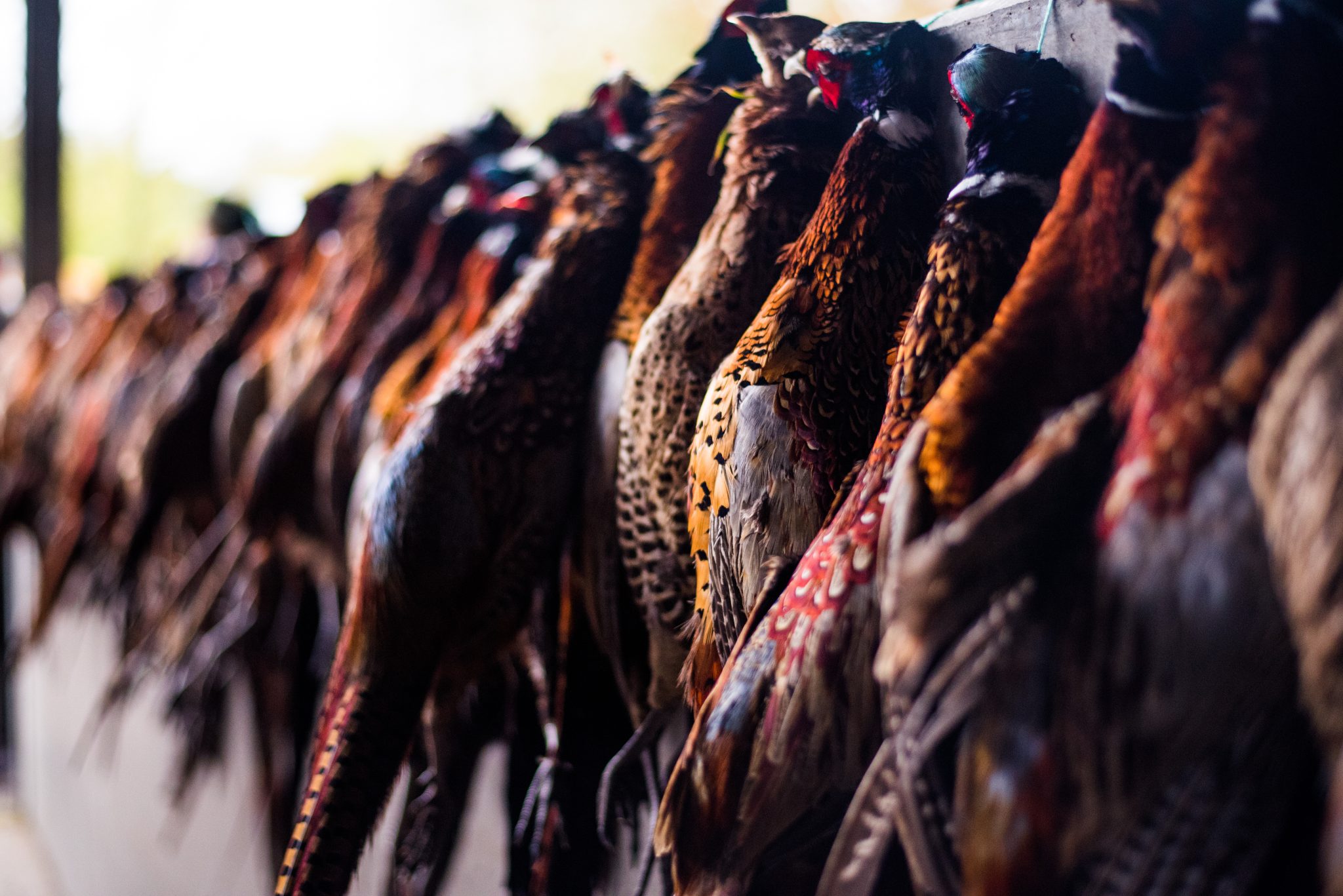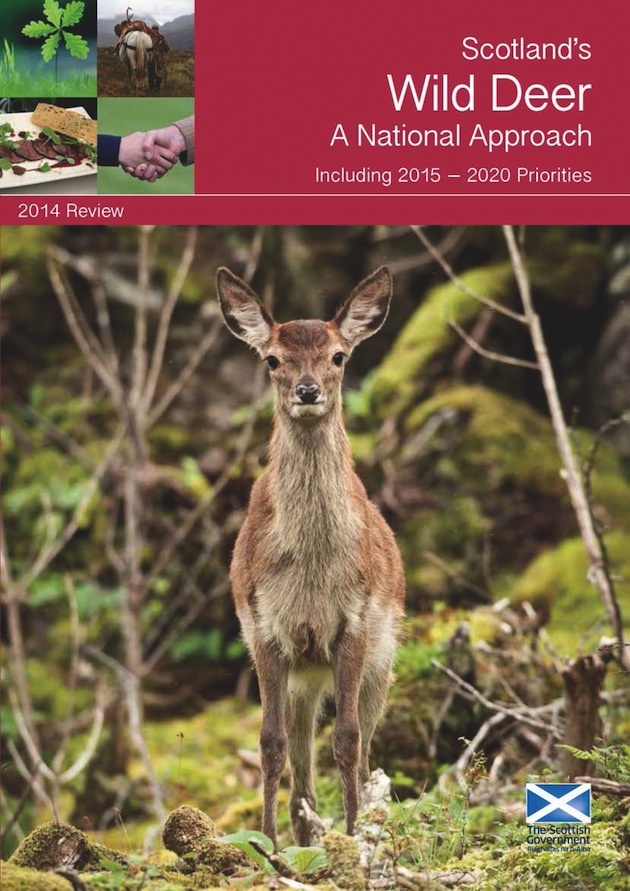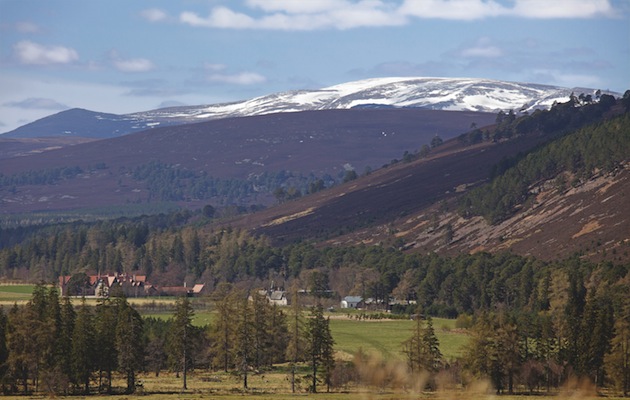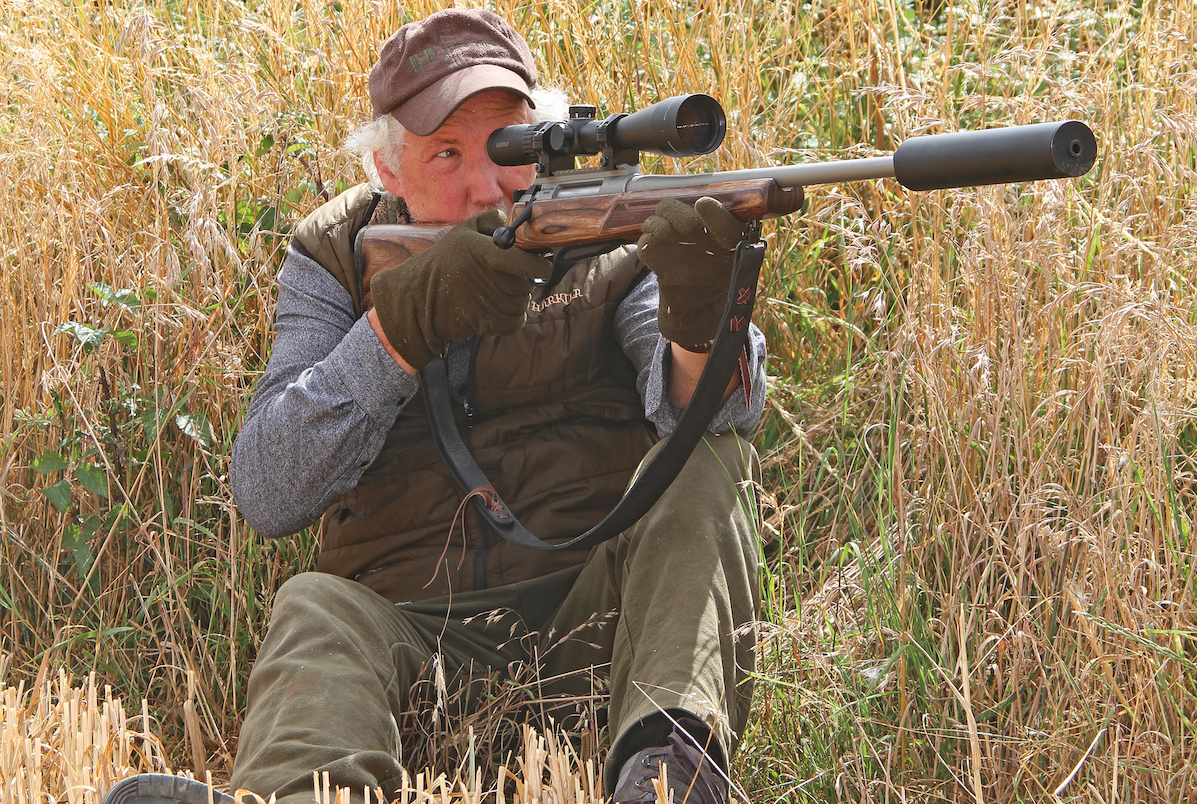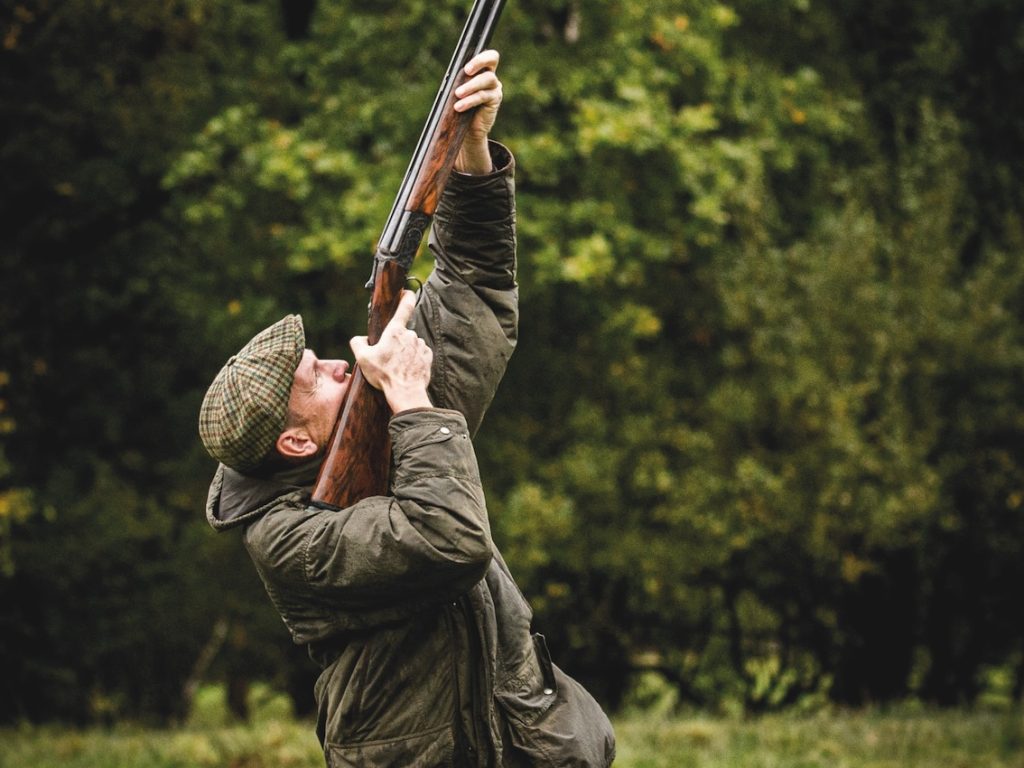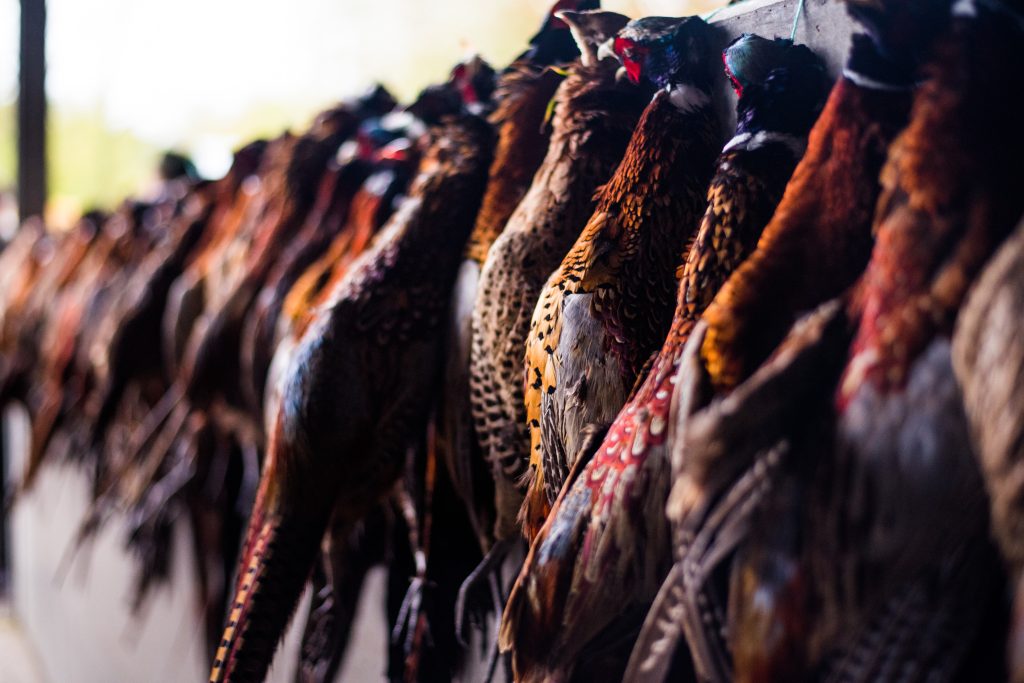Stalkers have an abundance of bullets to choose from, but how do you select the right one? Bruce Potts outlines…
Win CENS ProFlex DX5 earplugs worth £1,149 – enter here
Scottish deer – a political animal
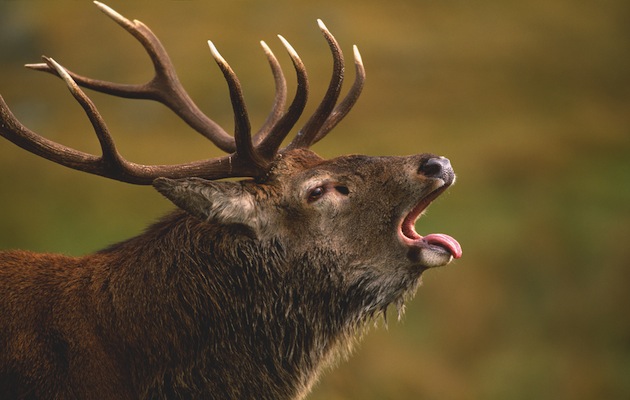
Earlier this year, Aileen Macleod, Scotland’s minister for environment, climate change and land reform, published a review of the Scottish National Party Government’s policy on deer and deer management — Scotland’s Wild Deer: a national approach. I feel an affinity towards the document because on the front cover it shows a rear view of Adam Henderson bringing an 11-pointer off the Fersit beat at Corrour down into Strath Ossian. The date of the stalk was 2 September 2004. How do I know this?
Because I shot the stag and I took the photograph.
The trophy hangs in my kitchen as a reminder of a time when Corrour was the model of a modern sporting estate in which huge thought and investment had been put into the larder, the stables, the workshops, the guest accommodation and just about every other facet of a state-of-the-art infrastructure. It had been designed to facilitate client stalking by guests from all over Europe on this incomparable 52,000-acre wilderness.
My last visit there was a little under four years later. The guest stalking operation had been closed down, most of the stalking staff had gone and I spent two mornings driving around the forest edge with a disillusioned, discouraged, reluctant young stalker, ostensibly in pursuit of a roebuck. He was under instructions to cull large numbers of stags from June onwards under a new policy that would substantially reduce the deer population as part of a process of “rewilding”. I noted in my diary that I had enjoyed a glimpse of Corrour as a sporting estate, but that it was now gone, and it was with some sadness that I drove back down the estate road.
Blinkered management by landowners
The new policy had been designed by the late Dick Balharry whose vision illustrates current thinking on deer management by many within Scotland’s political ascendancy. A former gamekeeper and stalker who spent most of his career within Scotland’s conservation organisations, he felt that large numbers of deer on a hill devoid of native woodland was the result of poor, blinkered management by landowners.
“The result is that, on what we have come to call ‘traditional sporting estates’, most owners receive the benefit of income from shooting red deer without either accepting effective responsibility for their welfare in winter, or having true regard to a wider public interest. ‘Traditional sporting estates’ cannot stand on the moral high ground of estate ownership as they have tried to claim over the past 200 years. Rather, they embody the selfish greed of a Victorian era, outdated and ludicrous,” said Balharry at a meeting in April at Glenfeshie, where he received an award from the Royal Scottish Geographical Society.
Balharry was probably correct insofar as it is hard to justify, in deer welfare terms, the maintaining of large numbers of red deer on the hill if the inevitable result is “winterkill”. However, dislike of the “traditional sporting estate” model of deer management by the new generation of Scottish conservationists goes far deeper than a concern over deer welfare.
An indulgence?
Andy Wightman, in his seminal work Who Owns Scotland?, said that the sporting estate is an indulgence by wealthy people who like stalking. He linked this with the role that sporting estates played in converting sheep farms, themselves created by clearance of people, “into a land use which to most Highlanders was at best peripheral to their interests and at worst a brutal reminder of who was in charge in Highland affairs”.
Could it be, then, that the Highland red stag, as well as being a much-loved icon of wild Scotland, is at one and the same time emblematic of that “brutal reminder”?
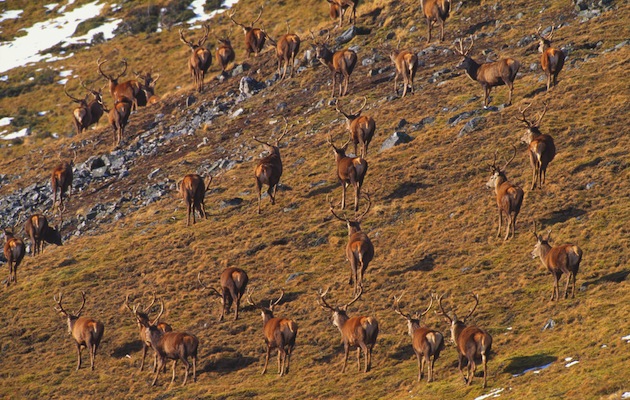
The Scottish Government has said it thinks “inappropriate deer numbers” are preventing woods from thriving and thwarting the recovery of vulnerable species
Of course, it is not in the nature of government to be so blatantly divisive, but even Dr MacLeod warns that “inappropriate deer numbers” are preventing Scottish woods from thriving, and thwarting the recovery of vulnerable protected species and sites. “I continue to support the voluntary approach to wild deer management, but wish there to be no doubt that clear expectations have been placed on deer and land managers to deliver an enhanced range of public interests alongside private objectives,” says Dr MacLeod in her introduction to the deer management policy. In other words, deer are to be managed in the public interest, which involves substantially reducing their numbers. If landowners won’t do this, the government will strengthen their own powers to do so.
The “public interest”, so far as deer in Scotland are concerned, is intrinsically linked to enhanced woodland cover and, more particularly, naturally regenerated native woodland cover, which in turn hinges on biodiversity and carbon sequestration targets. But there are more symbolic targets too, such as Balharry’s vision of a natural treeline in the Cairngorms, and the unspoken aspiration towards a landscape that is restored to the one that existed before those clearances of which Wightman wrote so passionately.
Looking to Scandinavia for a deer management model
Deer remain a part of that aspirational landscape, though at much lower population levels than they are at present. Deerstalking remains a part too, as it must if the deer are to be managed. But interestingly a number of commentators look to Scandinavia for their deer management model, one based on a more wooded landscape, a lower deer population and a stalking regime that is much more closely regulated by central and local government.
Under the Scandinavian model, stalking rights remain with ownership of land. However, because landholdings are mostly small, owners pool their hunting rights in community hunting associations. These are closely controlled by local authorities in regard to harvest numbers, while stalkers themselves have to demonstrate competence through regular testing. One might add that they do not wear tweed, nor are they particularly associated with wealth and status. They are not “toffs”.
Scotland benefits
The toff image of Highland fieldsports is undeniable and appears to be at least one of the root causes of the campaign for Scottish Land Reform. Yet Scottish hill stalking has generated very substantial economic benefits for remote rural communities. This has been achieved not merely through the letting income — which some might argue, with justification, transmits to the estates and businesses of property owners beyond Scotland’s borders — but through payments for accommodation, catering and the myriad other services required by those who come to Scotland, year after year, with their families and friends to stalk, to shoot and to fish.
Reduced to bare statistics, the benefit of shooting sports in Scotland has been calculated as a spend of £180million, generating £200million gross value added to the Scottish economy and support for 8,800 full-time jobs.
Ironically, it is the trappings of tweed and tartan, the baronial lodges hung with trophies and the gracious living that attracts visiting stalkers, and especially visiting stalkers from overseas. These represent the “brand”, the wrapping on the packet of the traditional sporting estate. Yet it is what the packet contains that is at the heart of the matter. Scottish hill stalking is a superbly produced product. From the stalker’s perspective, it consistently delivers an outstanding sporting experience that is accessible, competitively priced and well marketed. It is the experience depicted in that photograph I took at Corrour and the memories that it rekindles. That is why my German, Austrian and Danish friends, as well as my English ones, come to Scotland to stalk time and time again.
Where deer numbers are reduced to the point that the sporting experience cannot be delivered, the model breaks down, but that is not to say that the model cannot be adapted. One significant change in recent years is the huge growth in the commercialisation of hindstalking, which serves to increase revenues and extend the visitor season while performing a vital management task. Even so, more could be done to deliver the hindstalking experience to client stalkers of proven competence. The traditional sporting estate is being challenged as never before. It seems that though that challenge is wrapped in biodiversity and climate change, somewhere deep inside it is a desire to remodel the rural economy away from what James Hunter, in his introduction to Wightman’s book, called “a wholly anachronistic reliance on blood sports”.
As an Englishman who loves the Highlands and has shot and stalked there over a period of more than 40 years, I accept that Scotland must settle its rural debate, in a way that is equitable to those who have a direct interest in the local economy: the farmers, crofters, foresters and shepherds as well as the keepers, stalkers and gillies. The people who keep the village stores as well as those who clean and change the sheets in the shooting lodges need also to be considered. And landowners, too.
Certainly Scotland’s deer management must address welfare issues such as winterkill, excessive browsing and traffic collisions brought about by local overpopulation. All I urge is that Scotland does not throw out the baby with the bathwater. In its hill stalking, Scotland has a magnificent product, but it is one that could all too easily be lost.
Related Articles
Get the latest news delivered direct to your door
Subscribe to Shooting Times & Country
Discover the ultimate companion for field sports enthusiasts with Shooting Times & Country Magazine, the UK’s leading weekly publication that has been at the forefront of shooting culture since 1882. Subscribers gain access to expert tips, comprehensive gear reviews, seasonal advice and a vibrant community of like-minded shooters.
Save on shop price when you subscribe with weekly issues featuring in-depth articles on gundog training, exclusive member offers and access to the digital back issue library. A Shooting Times & Country subscription is more than a magazine, don’t just read about the countryside; immerse yourself in its most authoritative and engaging publication.





